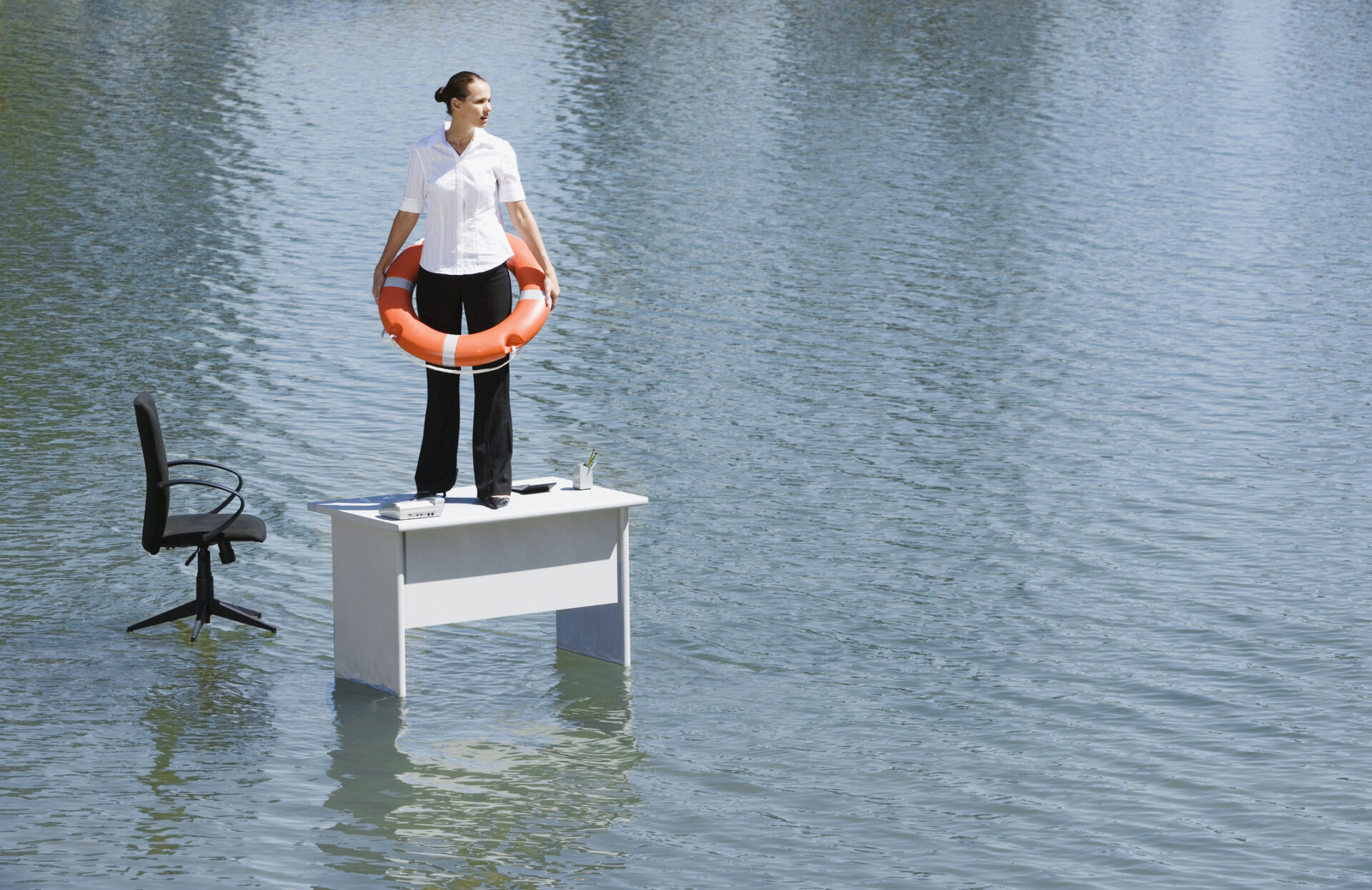When it Rains it Pours: Understanding Flood Cover.
When it comes to Business Insurance, understanding what’s included and excluded from your policy can at times feel a tad murky, especially when it comes to flood cover. But it doesn’t need to be. We’ve put together some helpful information explaining the basics of flood cover (through the policies available on BizCover), making things crystal clear. No life vest required.
When you take out cover for your building, contents and/or stock a Business Insurance policy usually comes with some form of coverage against loss or damage arising from storm , rainwater, wind and hail, however, there is a distinct difference between those events causing loss and damage and “flooding”..
However, it is important to understand that loss or damage caused by “flooding” is typically not automatically included as part of a business insurance policy but may be added on as an optional extension to cover for building, contents and/or stock, subject to assessment and approval by your insurer.
Let’s look at the terms in greater detail below.
Defining the terms
You will often see the terms: Flood, Rainwater run-off and Storm surge mentioned in your Building and Contents policy’s Product Disclosure Statement(PDS).:
Flood: Australian regulations have a standard definition of flood, which means the covering of normally dry land by water that has escaped or been released from the normal confines of any lake, river, creek or other natural watercourse (whether or not altered or modified), or any reservoir, canal or dam
A flood can also occur after long periods of rain, causing rivers, creeks and dams to overflow. As a result, this can affect large inland areas and expand over hundreds of kilometres. Please be aware that even though it may not have rained in your area, rivers can still break their banks because of heavy rain upstream.
Rainwater run-off: can be defined as the water that flows over the ground or is backed up due to a storm. This can occur when a large amount of rain falls from a storm.
Storm surge: can be an increase in sea level caused by an intense storm or cyclone and associated waves. It doesn’t, however, include sea actions caused by normal tidal movements like king tides or high tides.
Do I need cover for flooding?
The Chamber of Commerce & Industry Queensland presented some staggering findings when assessing the impact of the 2011 Queensland floods on business. These were some of the statistics:
- The loss to property including plant, equipment, stock, buildings and motor vehicles to those businesses directly affected by the floods was on average $589,000 (median $40,000)
- Business’ directly affected by the floods on average expect to lose in total $908,000 or approximately 11% of their annual turnover. (median was $50,000 or 7% of annual turnover)
How do I get cover for flooding?
To protect your business with flood cover, simply drop us an email or give us a call to request a quote. We will then speak with your insurer, as each request for flood cover is evaluated on a case by case basis through an assessment of risk factors for the insured address. You should also be aware that some business may not be able to get cover for flooding if you are located in a flood zone.
FAQs
Q: We are surrounded by swimming pools, what if they burst and flood our property?
As this event doesn’t fall under the technical definition of “flood” and subject to any other terms under the policy, any loss or damage to the physical property would likely be covered
Q: How much would adding cover for flooding cost?
A: You will need to request a quote for including cover for flooding. Requests for flood cover are each assessed on a case by case basis by the insurer. If approved, your insurance provider will be able to provide you with the additional cost.
Q: What will cover for flooding insure me for?
A: You should read the PDS for your insurer to understand exactly what cover for flooding will insure you for, but in general it will protect you from any loss or damage to building, business contents and/or stock caused by flood. Generally speaking:
Building or business contents: If buildings or business contents are lost or damaged, an insurer will pay the cost to rebuild, repair or replace your property to a condition the same as but not better or more extensive than its condition when new.
Stock: If stock is lost or damaged, an insurer will pay the cost to repair or replace the stock to its condition at the time of loss or damage. The amount they pay will also take into consideration obsolete stock.
This information is general only and does not take into account your objectives, financial situation or needs. It should not be relied upon as advice. As with any insurance, cover will be subject to the terms, conditions and exclusions contained in the policy wording or Product Disclosure Statement (available on our website). Please consider whether the advice is suitable for you before proceeding with any purchase. Target Market Determination document is also available (as applicable). © 2025 BizCover Pty Limited, all rights reserved. ABN 68 127 707 975; AFSL 501769.




